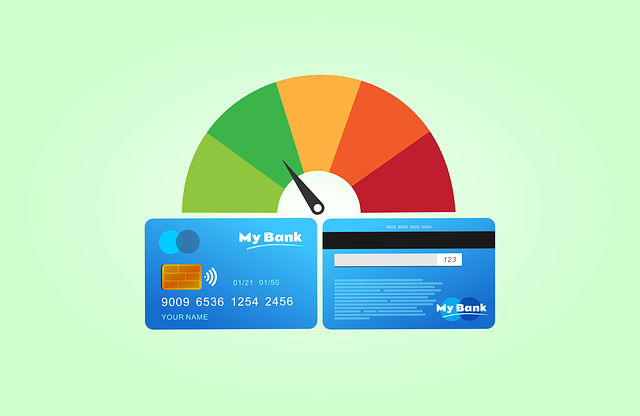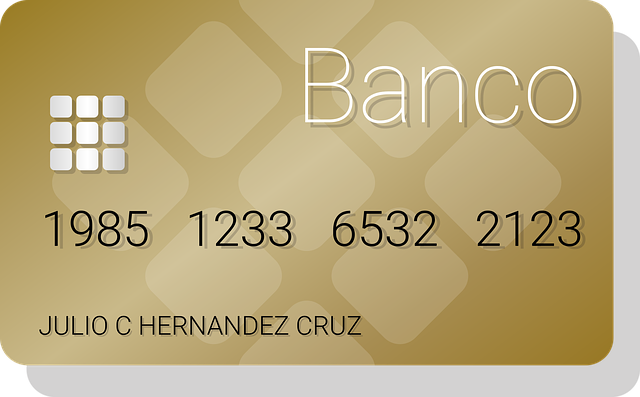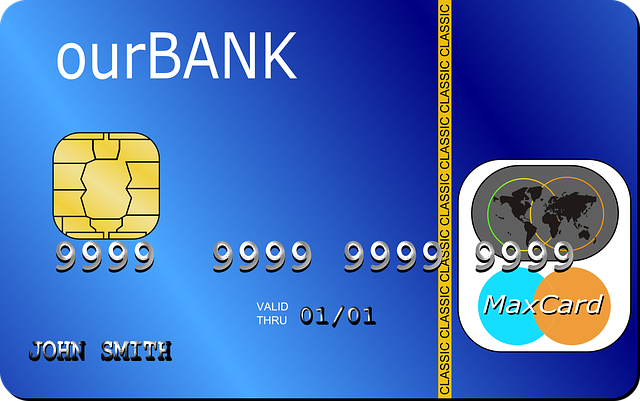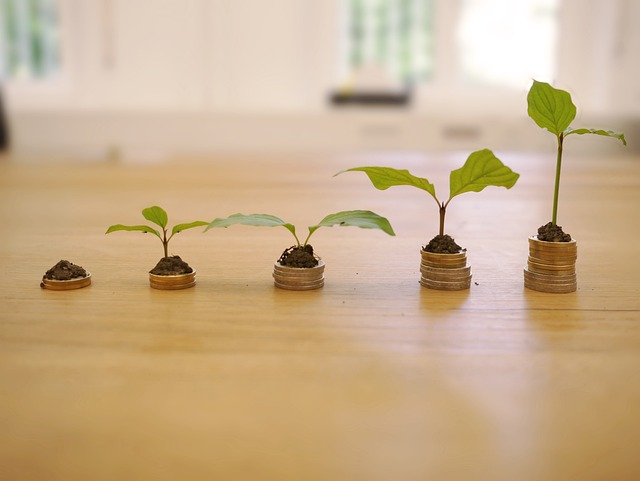In real estate, keeping a low debt utilization ratio (DUR) is key to financial stability and success. A DUR below 30% allows investors and property owners to: manage cash flow better, secure favorable loan terms, access more investment opportunities, and create long-term wealth through property ownership and development. Strategies to maintain a healthy DUR include strategic borrowing techniques like minimal down payment purchases, refinancing, paying off high-interest debt, using rental income to reduce principal balances, and regularly reviewing financing based on market trends and personal finance goals.
In the competitive world of real estate, maintaining a healthy financial stance is key to long-term success. A crucial metric to monitor is the Debt Utilization Ratio (DUR), which represents the amount of debt used to purchase and operate properties relative to the total value. This article explores strategies for real estate investors to lower and maintain a low DUR, highlighting its benefits in unlocking investment potential and ensuring financial stability within the dynamic real estate market.
Understanding Debt Utilization Ratio: The Key to Financial Health in Real Estate

In the realm of real estate, understanding your debt utilization ratio is crucial for maintaining financial health. This key metric represents the amount of your available credit that’s currently being used for debts, typically expressed as a percentage. For investors and property owners, keeping this ratio low is essential for several reasons. A high debt utilization ratio can signal financial strain, impacting your ability to invest in new properties or expand your portfolio.
By aiming for a lower ratio, you demonstrate responsible borrowing practices, which are attractive to lenders. It also provides a buffer against unexpected expenses, allowing you to navigate market fluctuations with more stability. In the dynamic world of real estate, where values can rise and fall, maintaining a healthy debt utilization ratio acts as a safeguard, ensuring your financial house remains in order.
Strategies to Lower and Maintain a Low DUR for Real Estate Investors

To maintain a low debt utilization ratio (DUR), real estate investors should prioritize strategic borrowing and responsible financial management. One key strategy is to focus on high-leverage investments, such as purchasing multiple properties with a minimal down payment. This allows investors to maximize their exposure to the real estate market while keeping overall debt levels manageable. Additionally, utilizing interest-only loans during the initial years of ownership can help reduce monthly cash flow requirements, giving investors more flexibility.
Another effective approach is to refinance existing mortgages at lower interest rates as market conditions permit. By doing so, investors can extend loan terms and lower monthly payments, thereby decreasing their overall DUR. Furthermore, real estate investors should aim to pay off high-interest debt ahead of schedule and consider using a portion of rental income to gradually reduce principal balances. Regularly reviewing and adjusting financing strategies based on market trends, investment goals, and personal financial circumstances is essential for maintaining a sustainable low DUR in the long term.
Benefits of a Healthy Debt Utilization Ratio: Unlocking Real Estate Potential

A healthy debt utilization ratio, ideally below 30%, offers a range of advantages, particularly for those aspiring to invest in real estate. When an individual or business maintains a low debt-to-income ratio, it signifies financial discipline and responsible borrowing practices. This allows for greater flexibility in managing cash flow, enabling individuals to allocate more funds towards investments like purchasing property.
By keeping debts at bay, borrowers can secure better loan terms, lower interest rates, and increased lending power. This is especially beneficial in the real estate market where initial capital requirements can be substantial. A robust financial standing, characterized by a low debt utilization ratio, opens doors to more investment opportunities, facilitating the pursuit of long-term wealth creation through property ownership and development.






